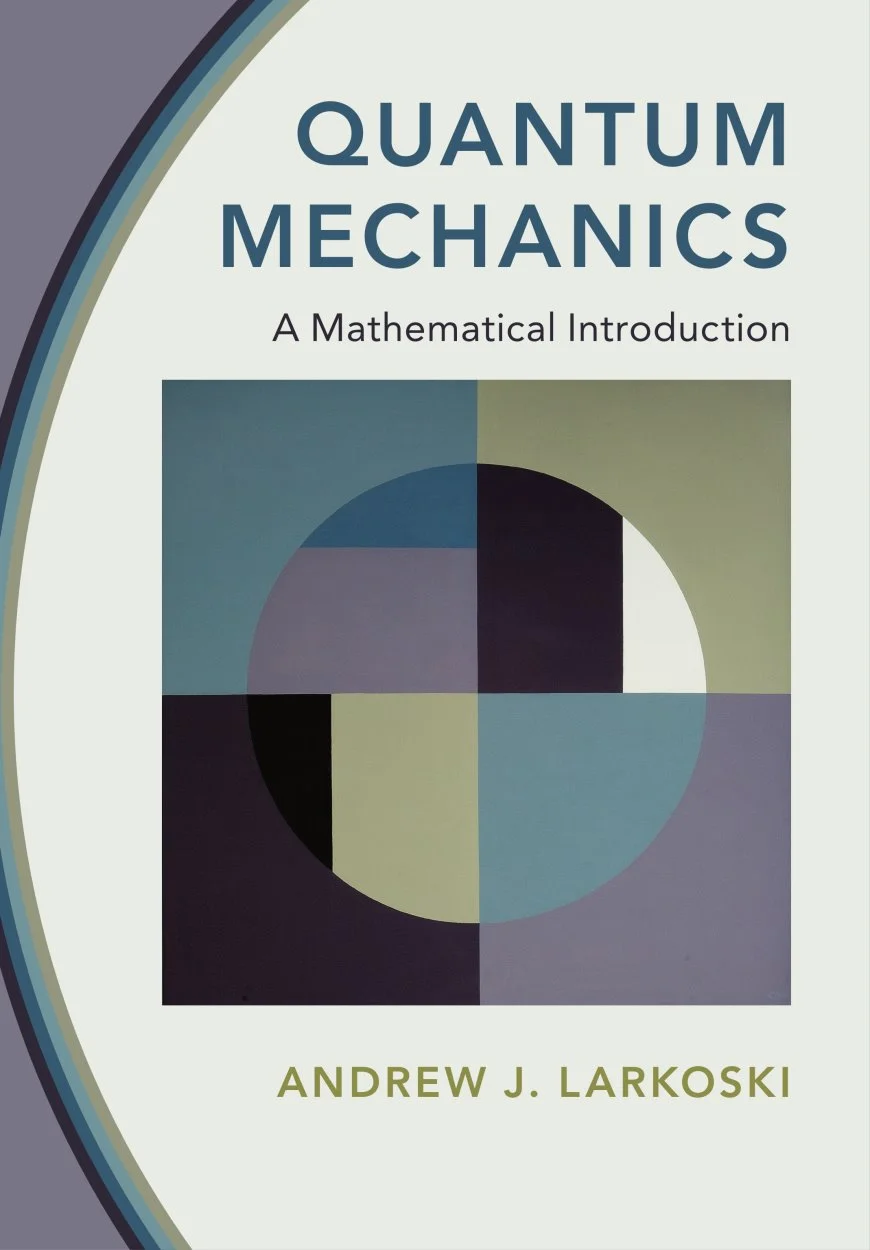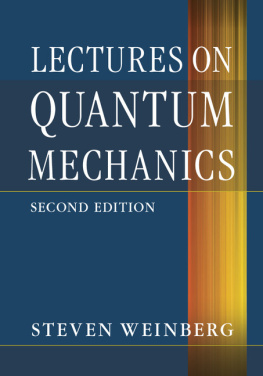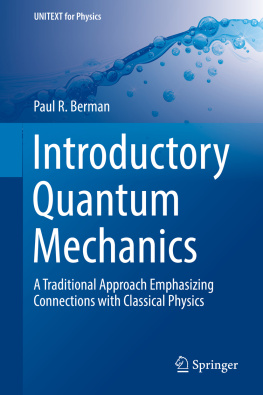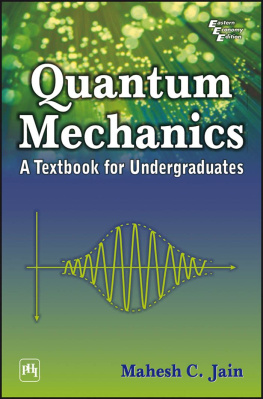Andrew J. Larkoski - Quantum Mechanics: A Mathematical Introduction
Here you can read online Andrew J. Larkoski - Quantum Mechanics: A Mathematical Introduction full text of the book (entire story) in english for free. Download pdf and epub, get meaning, cover and reviews about this ebook. year: 2022, publisher: Cambridge University Press, genre: Science. Description of the work, (preface) as well as reviews are available. Best literature library LitArk.com created for fans of good reading and offers a wide selection of genres:
Romance novel
Science fiction
Adventure
Detective
Science
History
Home and family
Prose
Art
Politics
Computer
Non-fiction
Religion
Business
Children
Humor
Choose a favorite category and find really read worthwhile books. Enjoy immersion in the world of imagination, feel the emotions of the characters or learn something new for yourself, make an fascinating discovery.
- Book:Quantum Mechanics: A Mathematical Introduction
- Author:
- Publisher:Cambridge University Press
- Genre:
- Year:2022
- Rating:4 / 5
- Favourites:Add to favourites
- Your mark:
Quantum Mechanics: A Mathematical Introduction: summary, description and annotation
We offer to read an annotation, description, summary or preface (depends on what the author of the book "Quantum Mechanics: A Mathematical Introduction" wrote himself). If you haven't found the necessary information about the book — write in the comments, we will try to find it.
Andrew J. Larkoski: author's other books
Who wrote Quantum Mechanics: A Mathematical Introduction? Find out the surname, the name of the author of the book and a list of all author's works by series.










 . Here,
. Here,  is a position, for example, and
is a position, for example, and  might be the amplitude of a jiggled rope at position
might be the amplitude of a jiggled rope at position  . Precisely what function
. Precisely what function  is, is not relevant for our current discussion. We can draw an example function as illustrated in . On this plot, I have identified the point
is, is not relevant for our current discussion. We can draw an example function as illustrated in . On this plot, I have identified the point  at which the function takes a value
at which the function takes a value  . Now, from
. Now, from  , how do I move along in
, how do I move along in  to get to a new point a distance
to get to a new point a distance  to the right? The function value at this new point is, of course,
to the right? The function value at this new point is, of course,  . However, to get there from the point
. However, to get there from the point  , that is, to establish the value
, that is, to establish the value  exclusively from data at
exclusively from data at  , we can use the Taylor expansion
, we can use the Taylor expansion to point
to point  of a function
of a function  .
. (2.1)
(2.1)  away from
away from  , I need to know all of the derivatives of
, I need to know all of the derivatives of  , evaluated at
, evaluated at  . This seems very complicated and like we would actually need an infinite amount of data to proceed.
. This seems very complicated and like we would actually need an infinite amount of data to proceed. (2.2)
(2.2)  (2.3)
(2.3)  as the multiplication of
as the multiplication of  with itself
with itself  times, the sum has the form
times, the sum has the form (2.4)
(2.4)  (2.5)
(2.5)  can be represented as
can be represented as (2.6)
(2.6)  and vectors
and vectors  and
and 